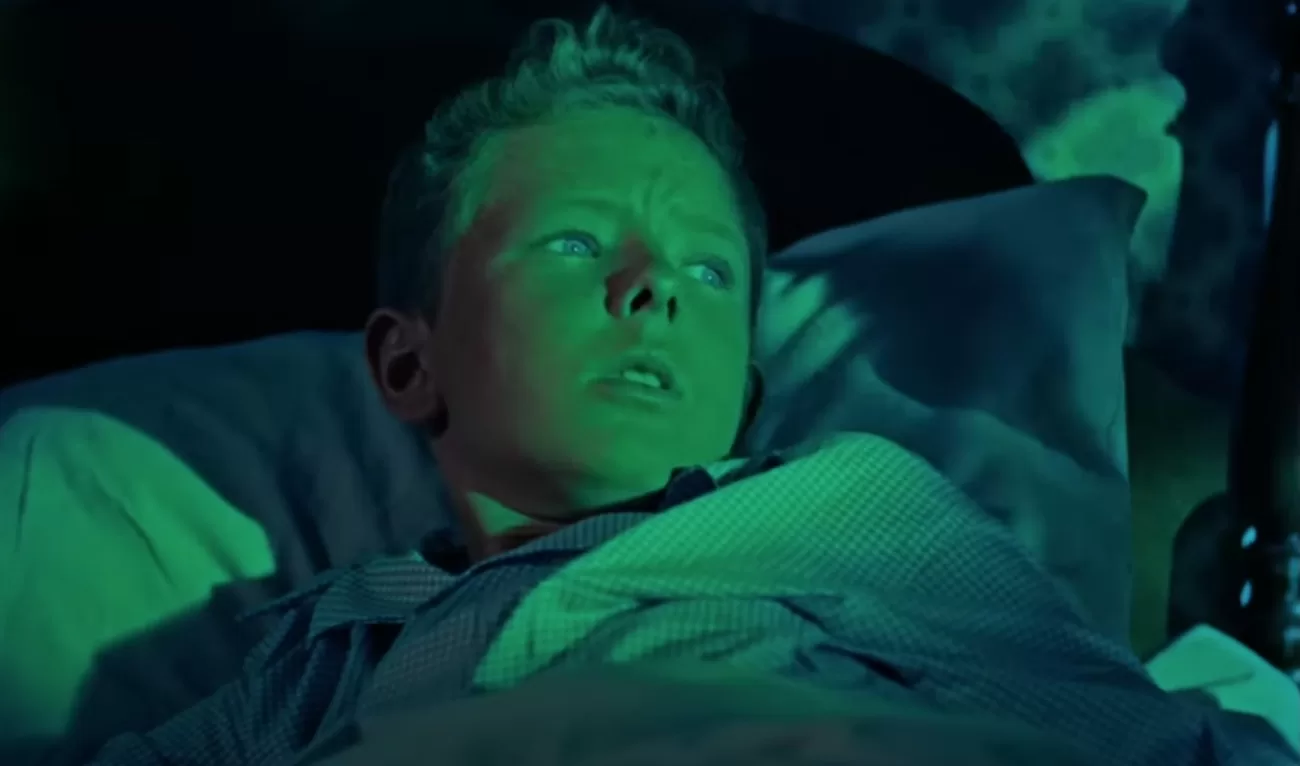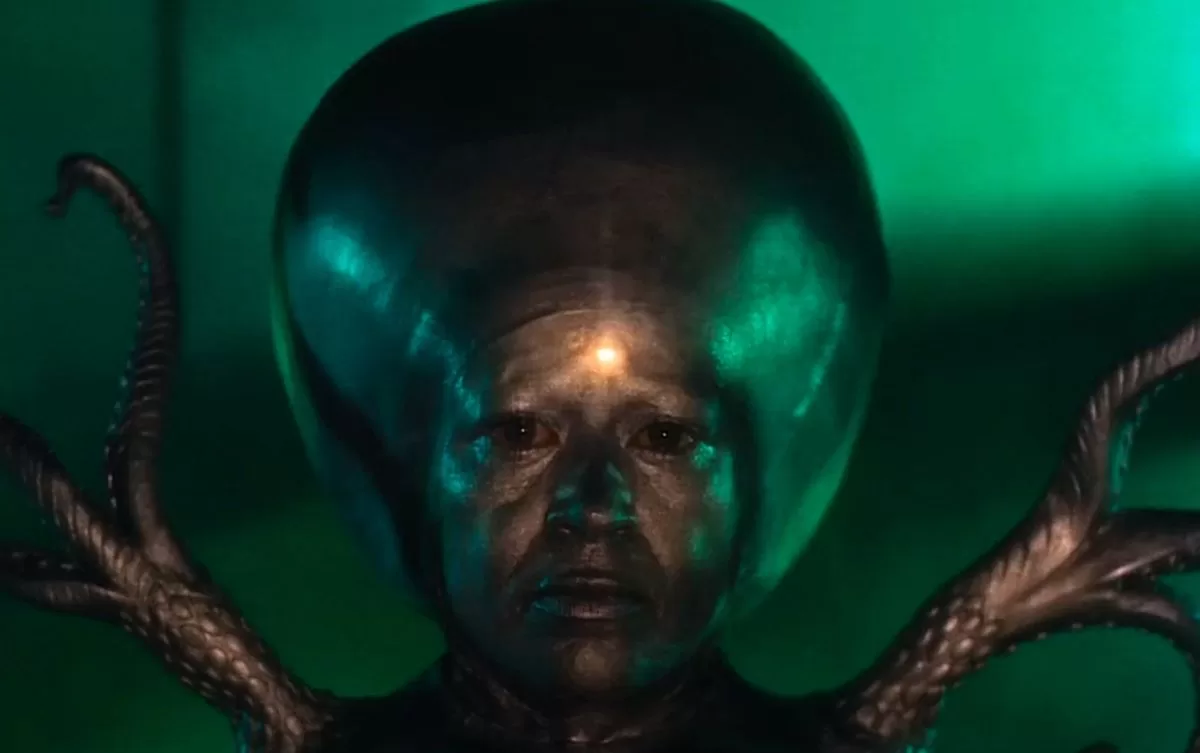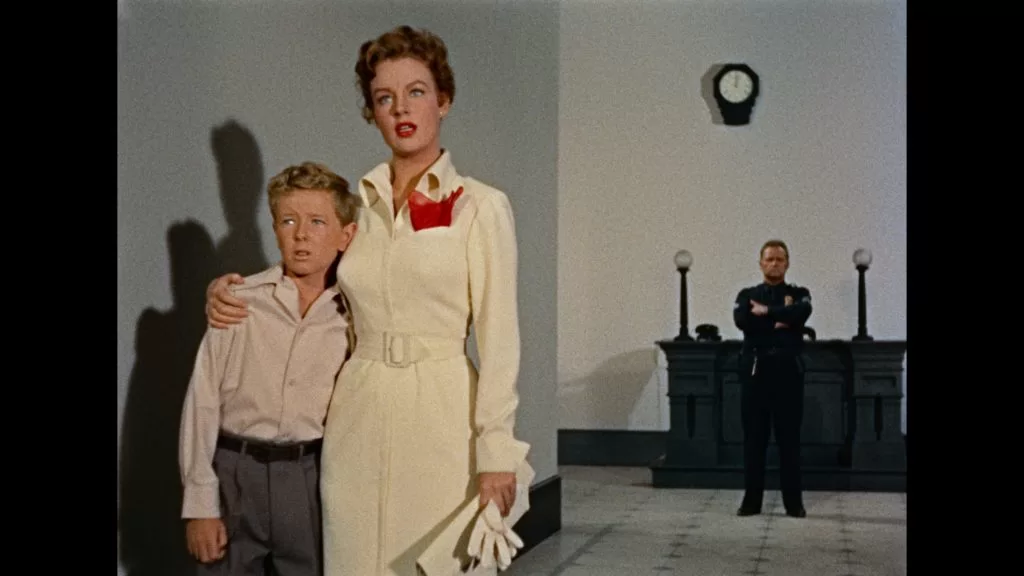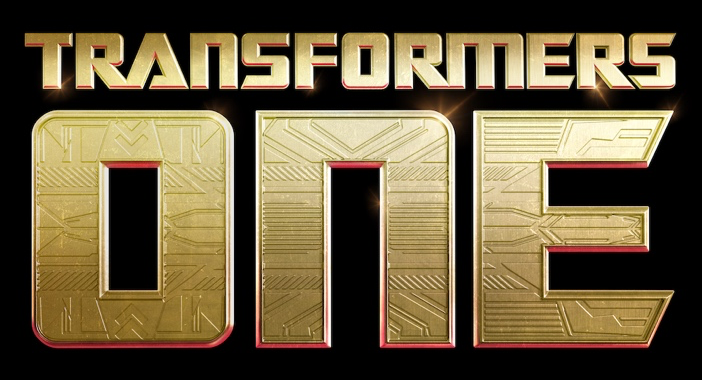
RETRO MOVIE REVIEW: Invaders From Mars (1953)
Although Invaders from Mars is a film that proved to be influential, I regret that to say it wasn’t a movie that I’d been aware of for a long time. This movie hails from the early age of SF films, well before my time, much less my interest in the genre. Because of this, the movie fell through the cracks until recently. However, the recent restoration and re-release of Invaders from Mars caught my eye, and I was curious to see how this film would hold up by today’s standards. Before I continue, though, I’d like to thank Ignite Films, who made the full 4K restoration of Invaders from Mars, for providing the review copy of the film.
This review will be structured somewhat differently from my previous Retro Reviews, in the sense that I’ll be discussing two separate things—the original 1953 film and the 4K restoration by Ignite Films. In practice, I want to talk about the film as it was envisioned and realized by William Cameron Menzies, and then discuss what this movie has become with the 4K remaster. Given the age of this movie and the quality of the film, the restoration was a challenging task, and one that’s worth mentioning separately.
The story of Invaders from Mars starts with an interesting premise. A young boy named David MacLean (played by Jimmy Hunt) witnesses the landing of a spaceship in a nearby field. David’s parents, along with the policemen that are assigned to investigate, end up being taken captive by the aliens and implanted with mind-control devices. The movie does a good job of building the suspense as David’s parents start acting out of character, acting in a hostile manner. As the suspense builds and the aliens possess more and more humans, there is a real sense of dread as David tries to understand what’s going on and get help. The first act of the movie is probably the best from a writing perspective, which does a good job of creating a sense of isolation, making David feel like an outcast who is ignored because he’s a child. This idea is deeply relatable and works beautifully on an emotional level as the movie builds tension, suspense, and even terror.

Unfortunately, the story does go somewhat off the rails as the movie progresses into the final act. After David finds help from Dr. Patricia Blake and the astronomer Dr. Kelston, it isn’t clear that this movie even has a firm protagonist. David becomes a side character for much of the film, and even Blake and Kelston don’t get much to do once the military gets involved. If that were the whole of the story issues, that might not necessarily be so bad. Unfortunately, the ending of the film takes a turn for the bizarre and undercuts the work done in the first act of the movie. After a sequence where David and Blake are kidnapped by the aliens and then rescued by the military, there’s a long sequence of images recapping all the events we previously saw, along with the reveal that the previous events were all a dream. But it’s an ambiguous dream, as David sees a flying saucer soar past his window and out of sight. Likely this decision came from the fact that the story idea was based on a dream by the scriptwriters’ wife. This may be understandable, but it’s not narratively satisfying, and while it attempts to be ambiguous about the events of the film, it’s not a decision that is likely to work well for modern audiences.
Even so, however, this movie is worth watching even with these flaws. Partly it’s because the premise of this movie is extremely good, and the first act of the film does a good job of rewarding viewer investment. Likewise, the characters of Kelston, Blake, and David are entertaining to watch, even if they don’t have as much agency as they should have as the lead characters. The story logic behind the aliens is plausible by the standards of the 1950’s, and it’s still fairly reasonable even today. The science of the film is very much the science of the 1950’s, but the explanations hold up better than most movies of the period. The film is generally well paced and edited, and the action moves briskly and never does more than the scene requires. There’s a technical competence to the film that makes up for its writing deficiencies, and the movie makes you care about the main three characters.

However, the most compelling reason to watch this film is William Cameron Menzies himself. Even if you appraise this film solely by the quality of the 1953 release, Menzies is such a talented visual director that the movie is mesmerizing. His qualifications are impeccable, having been the production designer on Gone With the Wind as well as his work on Around the World in 80 Days. Menzies is extremely good at framing a shot, knowing how to arrange a set, and how to get the most visual impact out of a scene. Even what is obviously a matte painting is able to get an emotional response, using the fencing to create a sense of confinement and dread. Close shots on the character’s faces create a sense of confusion and uncertainty, especially with the unnatural lighting in the scene. In addition, the use of lighting in this film is masterful, using green and purple lighting to add an unnatural tone to the aliens. The lighting also does an excellent job of making the aliens look more threatening; in normal light, the costumes likely would look silly, but Menzies does such a good job of lighting the scene that the aliens instead look menacing and unnatural. This is a beautiful looking film, made all the more so by the quantum levels of improvement made by the restoration by Ignite Films.
One area that I have absolutely no criticisms about is the restoration effort made by Ignite Films. The restoration by Scott McQueen takes an already good-looking film and gives it a truly modern presentation. With the original Cinecolor, Invaders from Mars looks like a movie from its time, and it still looks decent for a movie of its day. But with the restoration, the movie almost looks like it could have been made today. The opening credits are stabilized with much less janky movements. The quality of the restored film is free of any noticeable imperfections, graininess or color imbalances. The lighting of the movie is vastly improved, making the dramatic lighting that much more powerful. This is particularly noticeable in the scenes within the alien spacecraft, adding to the menace of the aliens. The restoration takes the foundation laid by Menzies and improves it dramatically, bringing into sharp, clear focus in a way that it wasn’t previously. Moreover, the special features give a good behind-the-scenes look at the restoration process, between featurettes included on disc as well as detailed descriptions contained in the booklet. No expense was spared in providing real content with this re-release, and this restoration is well worth buying even if you own the original film.

If you’re interested in seeing a fresh take on a classic SF film, Invaders of Mars will give you that. The movie is treated with respect by this restoration, and the visual presentation more than offsets any problems I have with the writing. Moreover, this re-release does a good job of earning its value with its extra content, including featurettes and interviews with people connected to the film’s production, as well as an insight into the restoration process by Scott McQueen. If you have any interest in cinema history or 1950’s science fiction, this is the definitive version of a movie classic.
Score: 4.5/5
Distributor: 20th Century Fox (original)/Ignite Films (4K Restoration)
Director: William Cameron Menzies
Writer: Richard Blake
Cast: Jimmy Hunt, Helena Carter, Arthur Franz, Leif Erikson, Hillary Brooke, Morris Ankrum, Walter Sande, Max Wagner, Douglas Kennedy
Author Profile
- Steve Sellers had been a fan of superheroes ever since Superman: The Movie. But it took the JSA, the Legion of Super-Heroes, Dragonlance, Lord of the Rings, Twilight Zone, and Chris Claremont's legendary run on the X-Men to make him a writer and a longtime fan of comics, fantasy, and science fiction. Steve is the co-creator of WHITE DRUID & MICHAEL NERO and GUARDIANS OF ELAYIM for Omen Comics, and he is also the creator of BLITZ and SHOCKWAVE for Revelation Comics (an imprint of Omen Comics).









